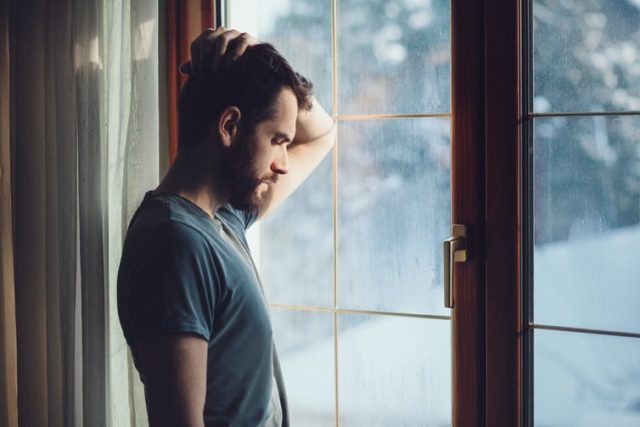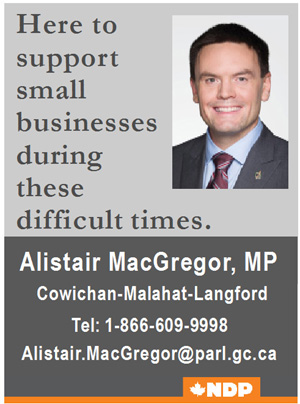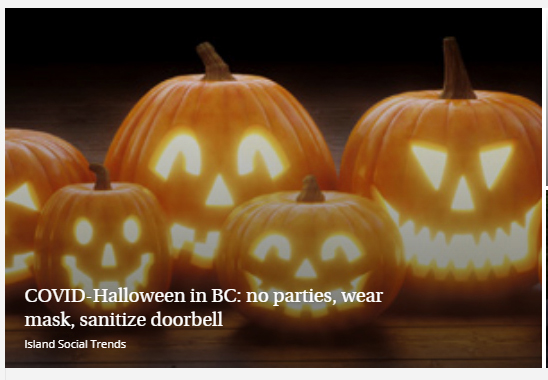Saturday October 17, 2020 | VICTORIA, BC
Pandemic analysis by Mary P Brooke, B.Sc., editor | Island Social Trends
Over the course of the COVID-19 pandemic, people all around BC have learned the do’s and don’t’s of public health safety measures. We all now instinctively do physical distancing, reach for a face mask, look for the hand sanitizer station, and take a glance or more at the latest BC Centre for Disease Control statistics about COVID infections. We arrange social bubbles with the same familiarity of routine like sorting socks.
We all now know that the virus can infect anyone; it doesn’t stop to ask a person’s age. People who are older or immuno-compromised in some way (or have other underlying health conditions) are more likely to have a serious experience with the disease, and among this group are people more likely to die from COVID-19.
Children may experience a body-wide inflammatory response. Elderly people in communal living scenarios (such as long-term care and assisted living facilities) are more vulnerable to transmission of the coronavirus. Front line workers are just that — in the direct line of possible transmission.
This year 2020 has taught all of us that, and so much more.
We have learned about the mental health impacts of both sudden and prolonged social isolation. We have witnessed or experienced the glaring rage of income inequality, racial injustice and gender bias brought into the glare of realization by pandemic conditions.
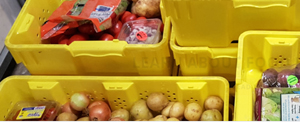
We’re learning about bigger-picture problems and how they might be addressed more urgently both locally/regionally and nationally/globally, including climate change and food security.
We’re seeing with new eyes the wisdom of indigenous peoples and how they have taken care of the Earth.
We’re coming to understand how child care and schools are integral to the economy, and how the office culture is not likely to be as robust as it once was because productivity can be achieved from home-base.
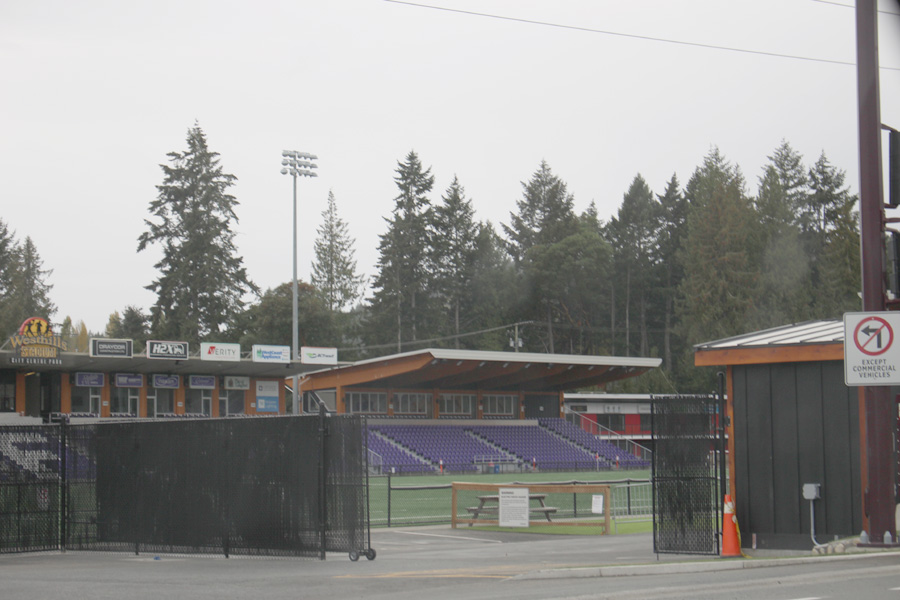
We’re learning about the things that can be (or need to be) sacrificed in order to protect the greater whole, mostly having to do with greater personal contact in our society. That includes large gatherings (like sports and concerts), travel near and far, and close-quarters scenarios (like pubs, nightclubs and yes, cruise ships). Restaurants and small tourism ventures have become the sacrificial lambs of the pandemic.
We have learned to play-it-safe while doing necessary things like grocery shopping, picking up things at the pharmacy, and attending appointments of various kinds.
We have handled summer long weekends with a bit of frolick and paid the price in the way of higher test-positive case counts of COVID-19. We did a bit better on the Labour Day long weekend, and hopefully better on Thanksgiving long weekend for which public health officials called for ‘sticking to your household bubbles’.
The incubation period of five to seven days comes up for review this week ahead… will the curve in BC still be flattened or shoot way up? As Prime Minister Trudeau said a few weeks ago, if we do Thanksgiving right (small tight household bubbles) “we may have a shot at Christmas” for larger family gatherings.

Meantime, the fun Halloween celebrations soon ahead will be another benchmark in BC for controlling the spread of COVID-19. No parties, no walking into people’s homes for treats, no bonfire crowds, no community hall gatherings, no retail mall parade-throughs for candy giveaways. It’s a quiet Samhain end of the harvest season this year.
The virus and the vaccine(s):
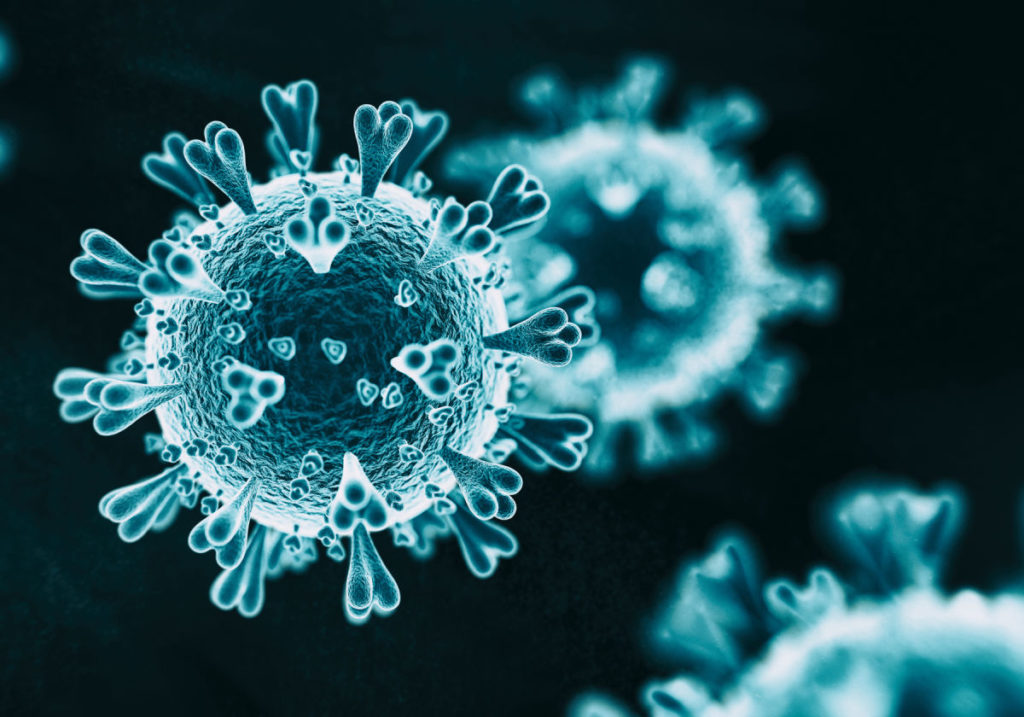
COVID-19 is a coronavirus that has shifted from the animal world to humans. It feeds off human hosts. And as is now commonly said by public health officials worldwide about the COVID virus, it does not discriminate as to income level, race or geographical location. Everyone is a target.
The age factor seems to be one of the last component parts to be considered ‘non-discriminatory’ for people getting infected. That is very likely due to the public health stance from the beginning to protect “seniors and elders”; public health already knew that communal living conditions in long term care would be a factor that supported viral spread (similar to the flu, but COVID has obviously been worse). As a result, young adults were the last to really adapt to the harsh realities of COVID-19 infection.

But COVID hits children too — in BC to date 1,117 young people have tested positive for COVID-19. That’s 408 children under the age of 10 and 709 kids and teens ages 10 to 19 (as at October 16).
The BC Centre for Disease Control (BC CDC) website has a section about COVID-19 and Children.
By all accounts to date, a vaccine — not yet a sure thing — could be available by spring 2021. But it will take time to distribute and administer a COVID-19 vaccine. Not everyone will get it all at once — seniors and health-compromised people will be offered a vaccine first, as well as being made available to frontline health-care workers, community leadership, and probably essential frontline workers in retail and goods-transport.
BC COVID stats at October 16:
In the last 24-hour report (October 15 to 16) there were 155 more test-positive cases of COVID-19 in BC (out of 10,855 tests done), bringing the total to 11,189 cases since the beginning of the pandemic. One new death today, bring that tally to 251.
Presently there are 1,513 active cases including 72 people in hospital (down from 74 the day before, and 84 the day before that). So far this year 880 people have been hospitalized with COVID-19 in BC.

The number of hospitalized patients in ICU is 26 (up by two from the day before).
One new case on Vancouver Island:
There was one new test-positive cases of COVID-19 on Vancouver Island on October 16 (on top of two reported on each of October 14 and 15; there were 10 cases announced October 13 for a four-day period on Vancouver Island over the Thanksgiving long weekend).
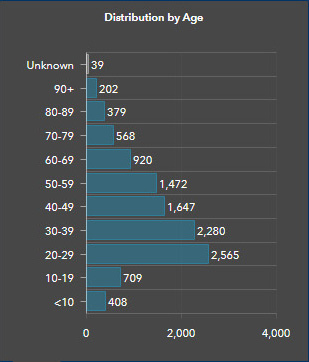
Over the last four reporting periods, the new cases on Vancouver Island fell into these age groups (note the steady daily entries in the 60 to 69 age group):
- under age 10 – 1 case Oct 15
- 20 to 29 years – 4 cases Oct 9-13
- 30 to 39 years – 2 cases Oct 9-13
- 40 to 49 years – 1 case Oct 9-13
- 50 to 59 years – 1 case Oct 14
- 60 to 69 years – 3 cases Oct 9-13; 1 case Oct 14; 1 case Oct 15; 1 case Oct 16
Recovered (October 16):
Now 9,387 people in BC are listed as recovered from test-positive cases of COVID-19, though Provincial Health Officer Dr Bonnie Henry said again last week that some people do maintain some lingering health impacts beyond the infectious period. That can include permanently reduced lung capacity due to tissue scarring, heart and blood vessel damage, and a sustained condition of fatigue.
Under public health watch:

There are 3,713 people (up from 3,683 the day before, and around 3,600 both Tuesday and Wednesday) in self-isolation due to known exposure to the infectious virus. This is the highest number of people so far who are under active public health surveillance.
This means being away from work and school and other regular activities, and dealing with things like grocery shopping in the ways most of us did during the early near-lockdown of the first phase of the pandemic.
There are overhead economic costs to all of this — from having things delivered to self-isolated people at home, buying health-support items, and loss of work opportunity.
A list of COVID-19 symptoms is posted on the BC Centre for Disease Control website.
Halloween reminder:
Dr Henry stresses the importance of safe Halloween activities this year. On the day or evening of October 31 people are encouraged to celebrate at home within their own household bubble. If handing out treats, the idea is to do that outdoors so that multiple people are not at the door or entering the home.
Group activities are not advised. That means trick-or-treating within your own social bubble and not mixing with others. Mall walk-throughs and visits to stores handing out candy is not part of Halloween 2020 says Dr Henry.
Innovation is emerging for community activities around Halloween, such as a haunted lane drive-thru in Metchosin and a drive-in movie in Sooke on Saturday night, October 31.
BC CDC data on COVID-19:
All the details about COVID-19 in BC are available anytime on the BC Centre for Disease Control website. | BC CDC data about COVID





